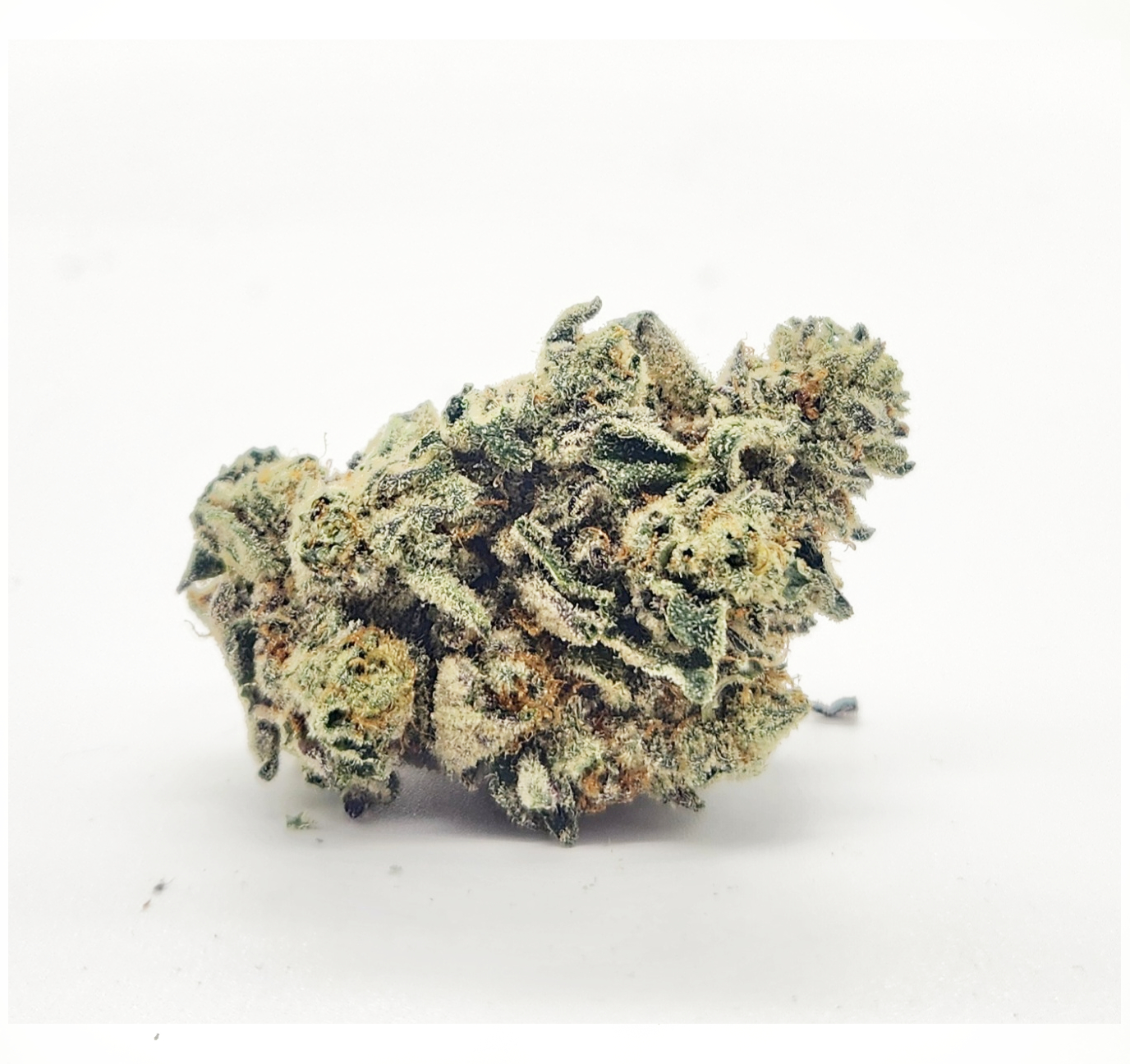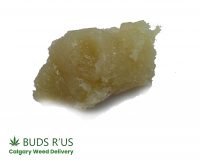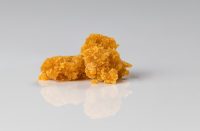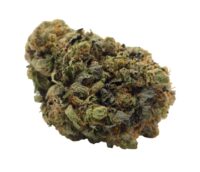Hey there, fellow cannabis enthusiasts!
Ever found yourself standing in front of a dispensary counter, scratching your head over whether to splurge on that top-shelf bud or stick to the budget-friendly option? Well, you’re not alone! In fact, a recent survey showed that 62% of cannabis consumers struggle with this very decision. Today, we’re going to dive deep into the world of weed quality, unmasking the differences between cheap and premium cannabis. Trust me, by the end of this article, you’ll be a connoisseur in your own right! So, let’s embark on this green journey together and discover why quality matters in the world of cannabis. After all, understanding cannabis quality is key to elevating your experience!
In this article, we’ll explore:
- Visual cues: How to spot high-quality buds at a glance
- Aromatic insights: Using your nose to assess cannabis quality
- Flavor profiles: What taste reveals about your weed
- Potency and effects: Beyond THC content
- Cultivation practices: The roots of quality cannabis
- Price vs. value: Is top-shelf really worth it?
The Visual Tells: Appearance Matters
When it comes to cannabis quality, your eyes can tell you a lot. Let’s break down the visual cues that separate the cream of the crop from the bottom of the barrel:
Trichome density: High-quality cannabis is often covered in a frosty layer of trichomes – those tiny, crystal-like structures that contain most of the plant’s cannabinoids and terpenes. Look for buds that sparkle under the light; this is a good indicator of potency and overall quality.
Color variations: While green is the primary color you’ll see, top-shelf weed often displays a range of hues. Purple, blue, or orange tints can indicate good genetics and proper growing conditions. However, be wary of unnaturally vibrant colors, as these could suggest artificial additives.
Trim job: A clean, professional trim is a hallmark of quality cannabis. Premium buds should be neatly manicured, with minimal leaf material and stems. Poorly trimmed weed often indicates a lack of care throughout the growing and processing stages.
Bud structure: High quality cannabis typically boasts dense, well-formed nugs. They should feel firm (but not hard) when gently squeezed, maintaining their shape. Loose, airy buds can be a sign of poor growing conditions or inferior genetics.
Nose Knows Best: The Importance of Aroma
Your sense of smell is a powerful tool in assessing cannabis quality. Let’s explore how to use your nose to identify top-shelf bud:
Terpene profiles: Terpenes are aromatic compounds that give cannabis its distinctive smell. High-quality strains often have complex, multi-layered scents that can range from fruity and floral to earthy and spicy. The more pronounced and diverse the aroma, the better the quality.
Fresh vs. stale: Quality cannabis should smell fresh and vibrant. If you detect a musty or hay-like odor, it could indicate improper curing or storage. Fresh cannabis has a lively, pungent aroma that jumps out at you.
Complex bouquets: Top-shelf strains often have intricate scent profiles that evolve as you smell them. You might pick up initial notes of citrus, followed by undertones of pine or lavender. This complexity is a sign of well-developed terpenes and overall quality.
Common red flags: Be wary of any suspicious or off-putting scents. A chemical smell could indicate the use of pesticides or other harmful additives. Similarly, a moldy or ammonia-like odor is a clear sign of poor storage or degradation.
The Taste Test: Flavor Profiles of Quality Cannabis
While we don’t recommend sampling cannabis in the dispensary, understanding flavor profiles can help you make informed decisions and appreciate your purchase later:
Smooth vs. harsh smoke: High-quality cannabis should produce smooth, enjoyable smoke or vapor. If you experience excessive coughing or throat irritation, it could be a sign of poor quality or improper curing.
Flavor intensity: Premium cannabis often delivers robust, complex flavors that align with its aroma. The taste should be distinct and linger on your palate. Weak or bland flavors might indicate lower quality or old product.
Aftertaste considerations: The aftertaste of good weed should be pleasant and complementary to the initial flavor. A harsh, chemical, or overly bitter aftertaste could be a red flag.
Vaping vs. smoking: Vaporizing cannabis can often provide a clearer sense of its flavor profile compared to smoking. If you’re particularly interested in tasting the nuances of your bud, consider investing in a quality vaporizer.
Potency and Effects: Beyond THC Content
The Entourage Effect Explained
While THC content is often touted as the primary indicator of cannabis potency, it’s not the whole story. The “entourage effect” refers to how different cannabinoids and terpenes work together to produce the overall experience:
Cannabinoid diversity: High-quality cannabis often contains a balanced profile of cannabinoids, not just THC. CBD, CBG, and other minor cannabinoids contribute to the overall effects and potential benefits.
Balanced highs: Top-shelf strains often provide a more well-rounded experience due to their diverse cannabinoid and terpene profiles. This can result in a more nuanced and enjoyable high compared to strains that focus solely on maximizing THC content.
Duration and onset: Quality cannabis typically offers a more consistent and predictable experience in terms of how quickly the effects set in and how long they last. This reliability is particularly important for medical users.
Medical Benefits of High-Quality Cannabis
For medical cannabis users, consistency and quality are paramount:
Consistency in effects: Medical users often rely on specific strains for particular symptoms. High-quality, consistently produced cannabis ensures that patients can rely on predictable effects each time they medicate.
Targeted relief: Premium strains are often bred and cultivated with specific medical applications in mind. This targeted approach can provide more effective relief for conditions ranging from chronic pain to anxiety.
Cultivation Practices: The Root of Quality
The quality of cannabis is largely determined by how it’s grown and processed:
Indoor vs. outdoor growing: Both methods can produce high-quality cannabis, but indoor growing often allows for more control over environmental factors. Outdoor-grown cannabis, when done right, can develop unique terpene profiles due to natural sunlight and soil conditions.
Organic vs. conventional: Organic growing practices can lead to cleaner, more flavorful cannabis. However, well-executed conventional growing can also produce high-quality results. The key is in the skill and care of the cultivator.
Curing and storage: Proper curing is crucial for developing flavor and ensuring smooth smoke. Well-cured cannabis should be stored in airtight containers in cool, dark places to preserve its quality.
Genetic selection: Quality starts with good genetics. Reputable growers invest in stable, high-quality seeds or clones to ensure consistent results.
Price vs. Value: Is Top-Shelf Worth It?
Now, let’s address the burning question: Is splurging on top-shelf cannabis worth it?
Long-term considerations: While premium cannabis might cost more upfront, its increased potency often means you’ll use less to achieve desired effects. This can lead to long-term savings.
Dosage efficiency: High-quality strains typically offer more bang for your buck in terms of cannabinoid and terpene content. You may find that a small amount of top-shelf weed provides effects comparable to a larger amount of lower-quality cannabis.
Health factors: Premium cannabis is often grown with more care and fewer (if any) pesticides or harmful additives. This can be particularly important for medical users or those concerned about what they’re putting into their bodies.
Occasion-based purchasing: Consider your needs and the occasion. For everyday use, a mid-range option might suffice. For special occasions or when you really want to treat yourself, splurging on top-shelf can elevate the experience.
As we wrap up our journey through the world of cannabis quality, remember that the best choice often depends on your individual needs, preferences, and budget. Whether you’re a medicinal user seeking consistent relief or a recreational enthusiast looking for that perfect high, understanding these quality markers is your ticket to cannabis nirvana.
Armed with this knowledge, you’re now equipped to make informed decisions at the dispensary. Don’t be afraid to ask questions, examine the product closely, and trust your senses. After all, the journey to finding your ideal cannabis experience is part of the fun!
So go forth, explore, and elevate your green game. Your future self – and your taste buds – will thank you. Happy sampling, and may your cannabis adventures be nothing short of top-shelf!
Disclaimer: This article is for informational purposes only. Always follow local laws and regulations regarding cannabis use and purchase. Consult with a healthcare professional before using cannabis for medical purposes.









One reply on “Cheap Weed vs. Top Shelf: Unmasking the High-Quality Difference”
[…] the gold standard of marijuana delivery in our beautiful city. Get ready to explore a world where top shelf cannabis products are just a click away, and exceptional customer service is the norm. Let’s dive into […]